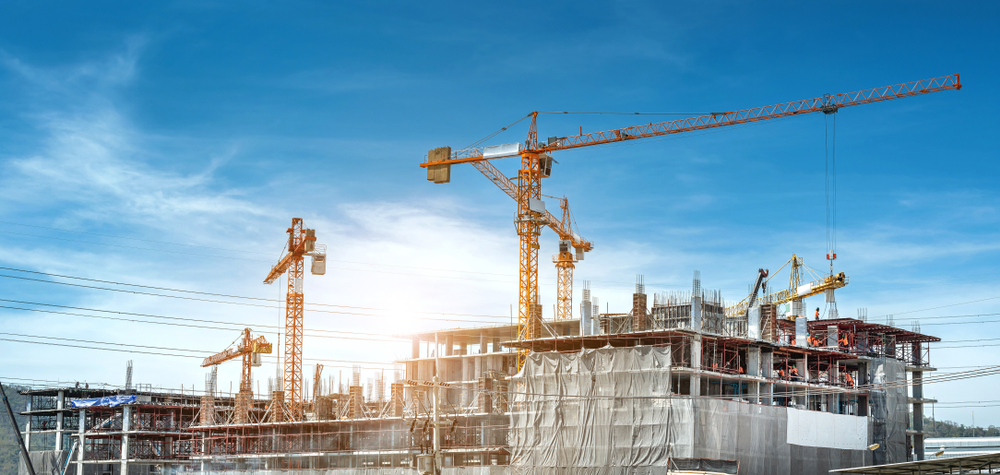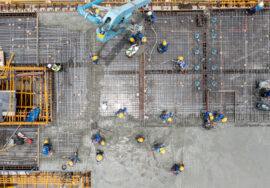Balancing Cost and Quality in Construction Projects
Balancing Cost and Quality in Construction Projects

Balancing cost and quality in construction projects is a critical challenge that project managers must navigate to ensure successful outcomes. While controlling expenses is essential for staying within budget, compromising on quality can lead to long-term repercussions, including safety issues, maintenance costs, and damage to reputation. This article explores strategies to achieve the delicate balance between cost and quality, ensuring project success.
Understanding the Cost-Quality Trade-off
1. The Cost of Quality
Quality in construction refers to the standard of materials, workmanship, and adherence to building codes and regulations. Investing in high-quality materials and skilled labor may increase upfront costs but can significantly reduce long-term expenses related to repairs, maintenance, and potential legal liabilities.
2. The Risks of Cutting Costs
While it may be tempting to minimize costs to stay within budget, cutting corners on quality can have serious consequences. Risks include:
- Safety Hazards: Poor quality can lead to structural failures, posing risks to safety.
- Reputation Damage: Delivering subpar work can harm a company’s reputation and result in lost future business.
- Increased Maintenance: Lower quality materials often lead to more frequent repairs and higher long-term costs.
Strategies for Balancing Cost and Quality
1. Define Clear Project Goals
Establishing clear goals for both cost and quality at the project’s outset is essential. This includes:
- Budget Setting: Develop a realistic budget that considers the necessary quality standards for materials and labor.
- Quality Specifications: Clearly outline the required quality standards in project documentation to align all stakeholders.
2. Select the Right Materials
Choosing the appropriate materials is a vital part of maintaining quality while managing costs. Consider the following:
- Material Evaluation: Assess various materials for both performance and cost-effectiveness. Sometimes, a higher upfront cost can lead to savings over time due to durability.
- Sourcing Local Materials: Local materials can reduce transportation costs and support the community, often resulting in lower overall costs.
3. Hire Qualified Professionals
The expertise of the workforce directly affects the quality of construction. Strategies include:
- Screening Contractors: Evaluate contractors based on their past performance, quality of work, and client reviews.
- Training Programs: Invest in training for workers to improve their skills, leading to higher-quality work at a lower rate of errors.

4. Implement Quality Control Measures
Establishing robust quality control procedures can help maintain standards while managing costs. This includes:
- Regular Inspections: Conduct routine inspections throughout the construction process to catch issues early and address them before they escalate.
- Quality Assurance Processes: Develop a quality assurance plan that outlines procedures for ensuring compliance with specifications.
5. Use Technology to Monitor Progress
Leveraging technology can streamline processes and improve both cost efficiency and quality. Consider:
- Project Management Software: Use software to track costs, timelines, and quality metrics in real time, allowing for immediate adjustments as needed.
- Building Information Modeling (BIM): Implement BIM to visualize projects in detail, helping identify potential issues before construction begins.
6. Engage Stakeholders in Decision-Making
Involving all stakeholders in the decision-making process can help align cost and quality expectations. This includes:
- Regular Meetings: Hold regular meetings with clients, contractors, and suppliers to discuss quality expectations and budget constraints.
- Feedback Loops: Establish a feedback mechanism to capture concerns about quality and cost, enabling timely responses to issues.
Conclusion
Balancing cost and quality in construction projects requires careful planning, decision-making, and ongoing communication among all stakeholders. By defining clear project goals, selecting the right materials, hiring qualified professionals, implementing quality control measures, utilizing technology, and engaging stakeholders, construction managers can achieve the delicate balance necessary for project success. Ultimately, investing in quality not only enhances the safety and longevity of a project but also builds a reputation for reliability and excellence in the industry.
External Resources for Legal Guidance
Quality in Construction Projects
Read more related articles to enhance your knowledge and make informed decisions
10 Essential Steps in the Building Construction Process
How to Choose the Right Materials for Your Construction Project








